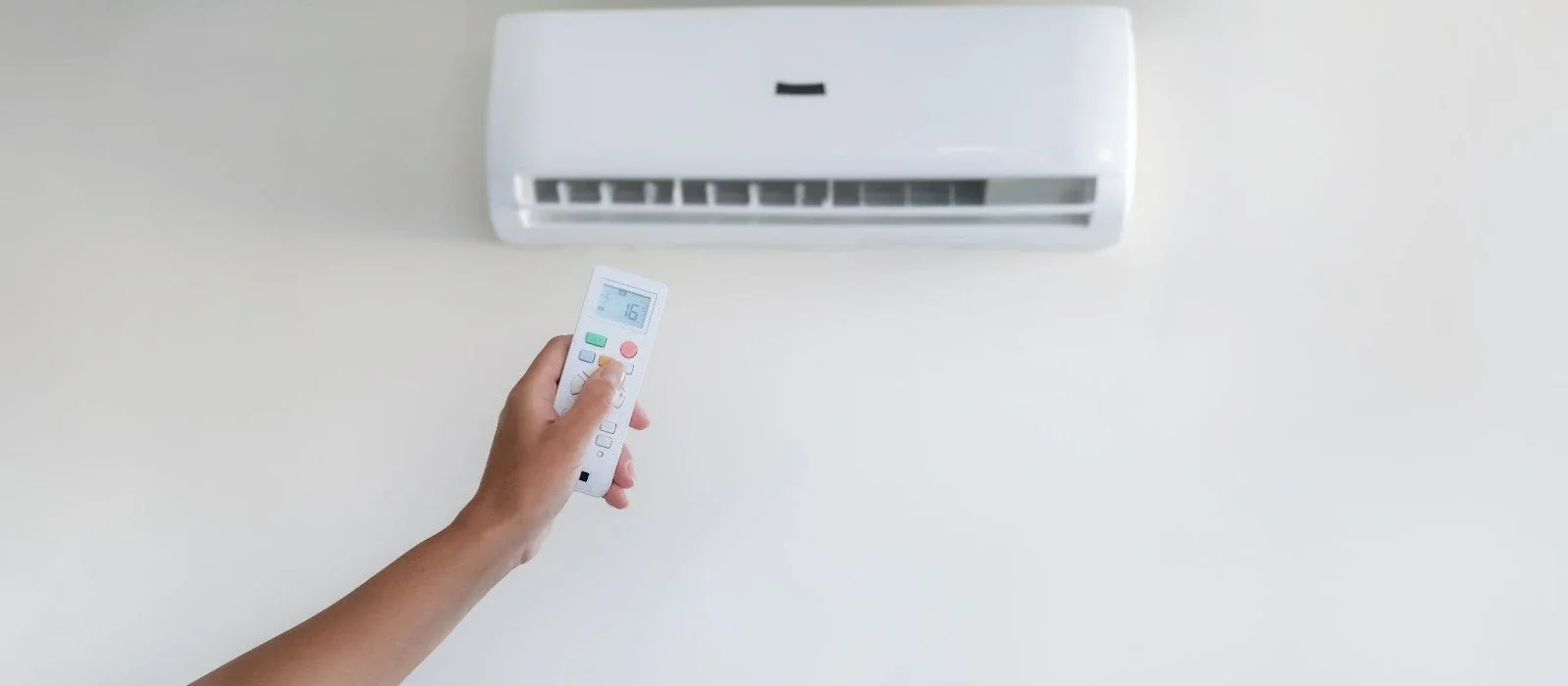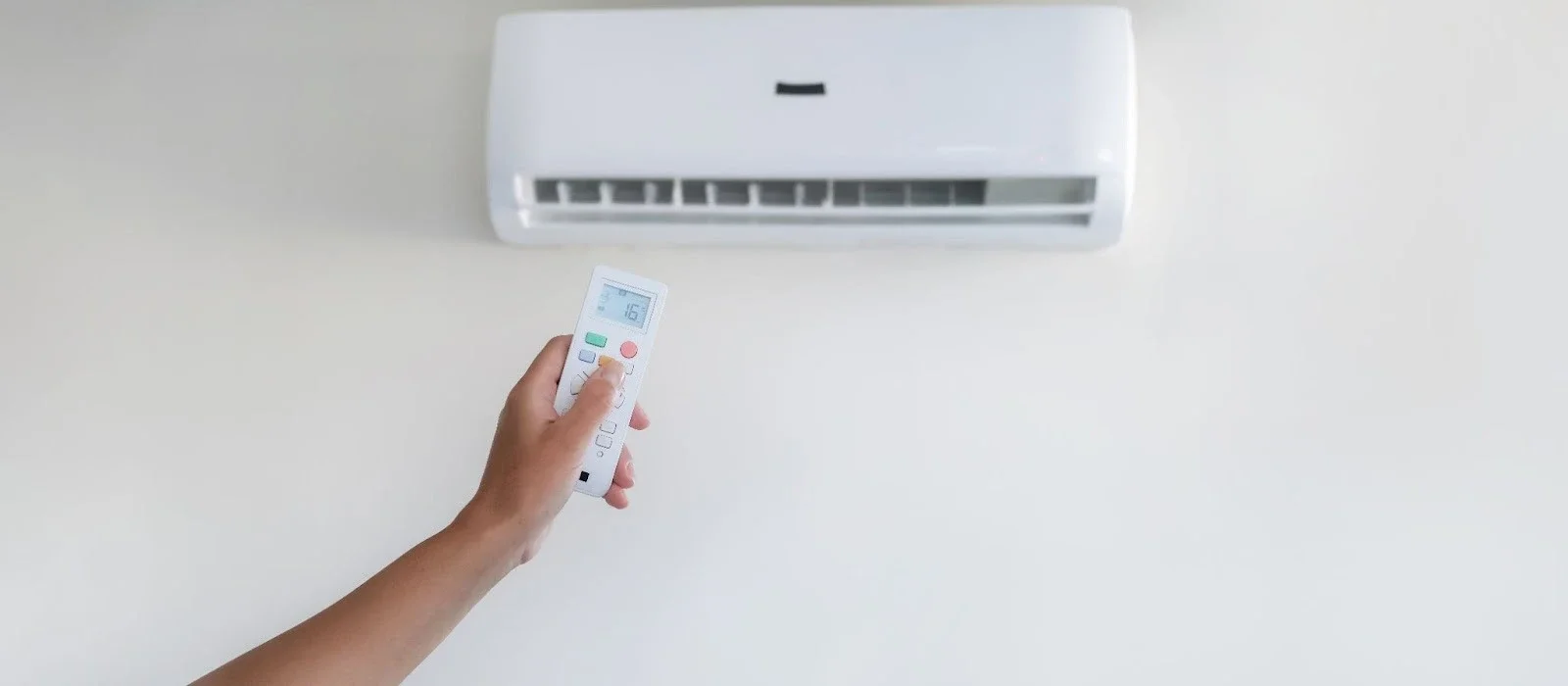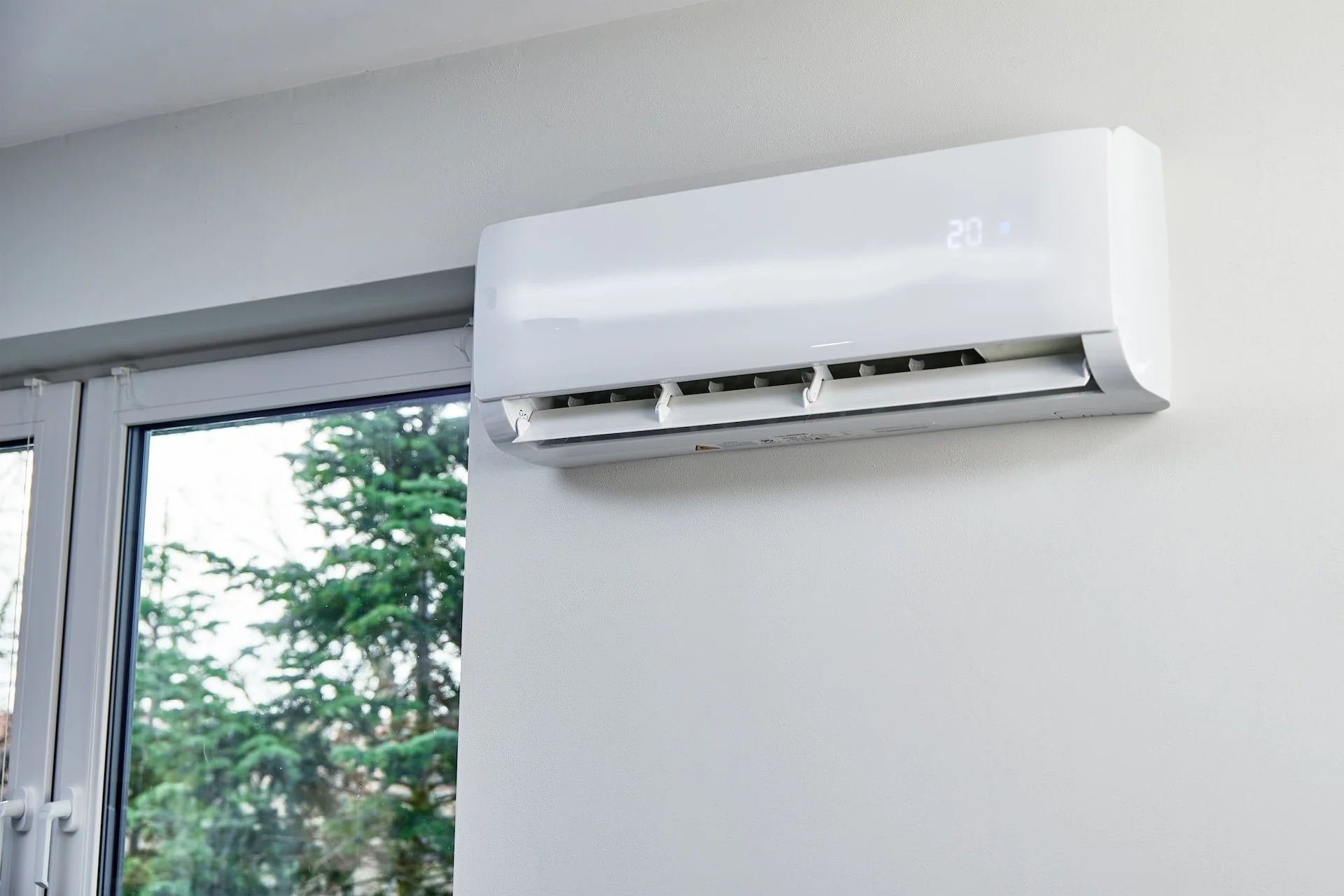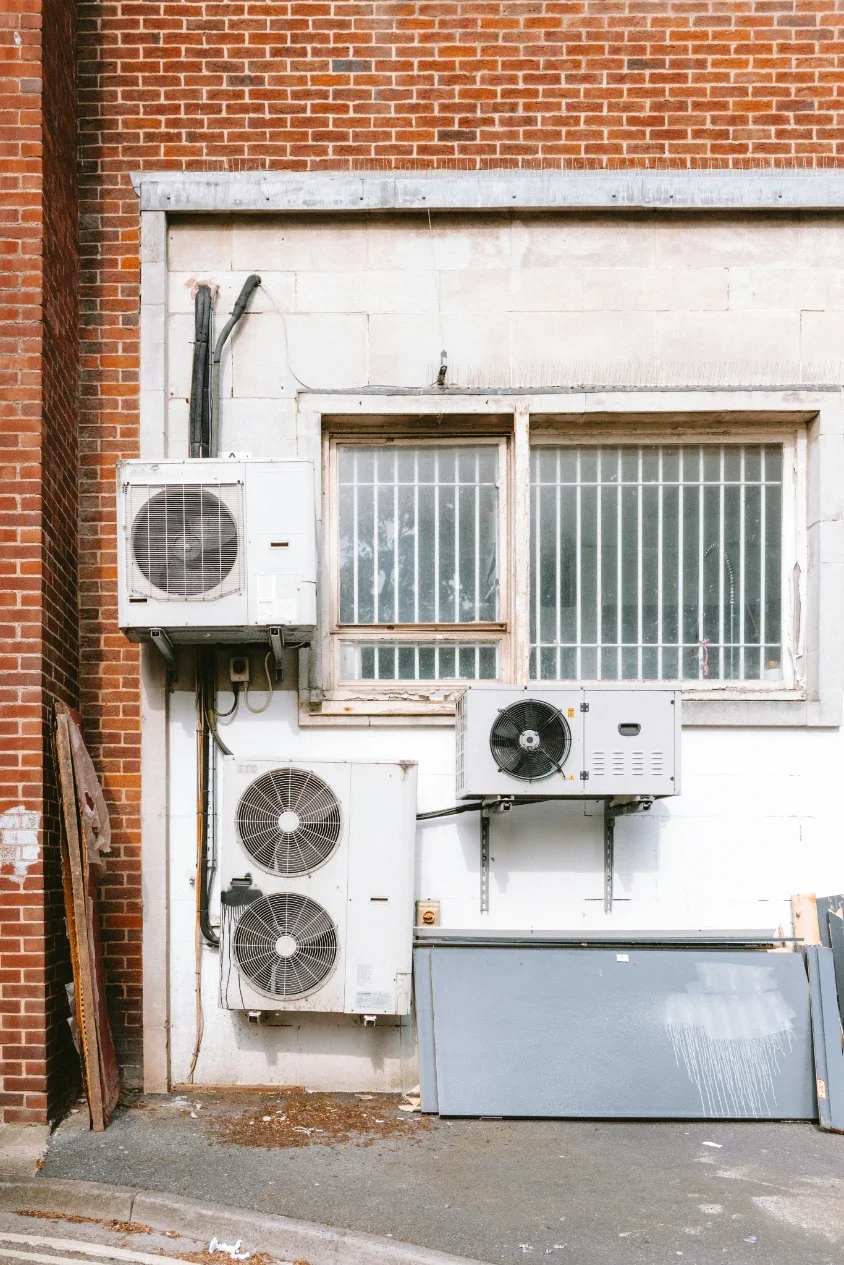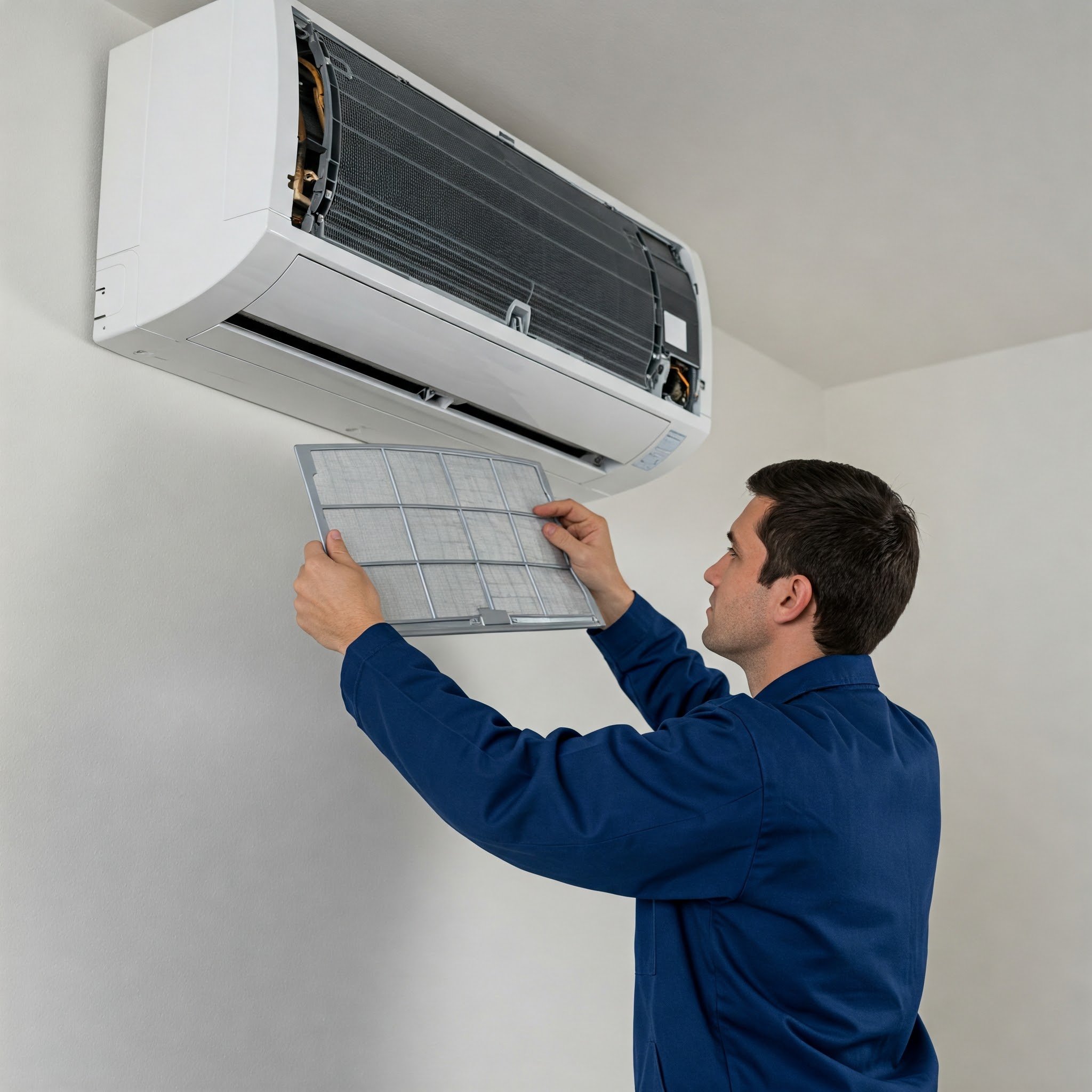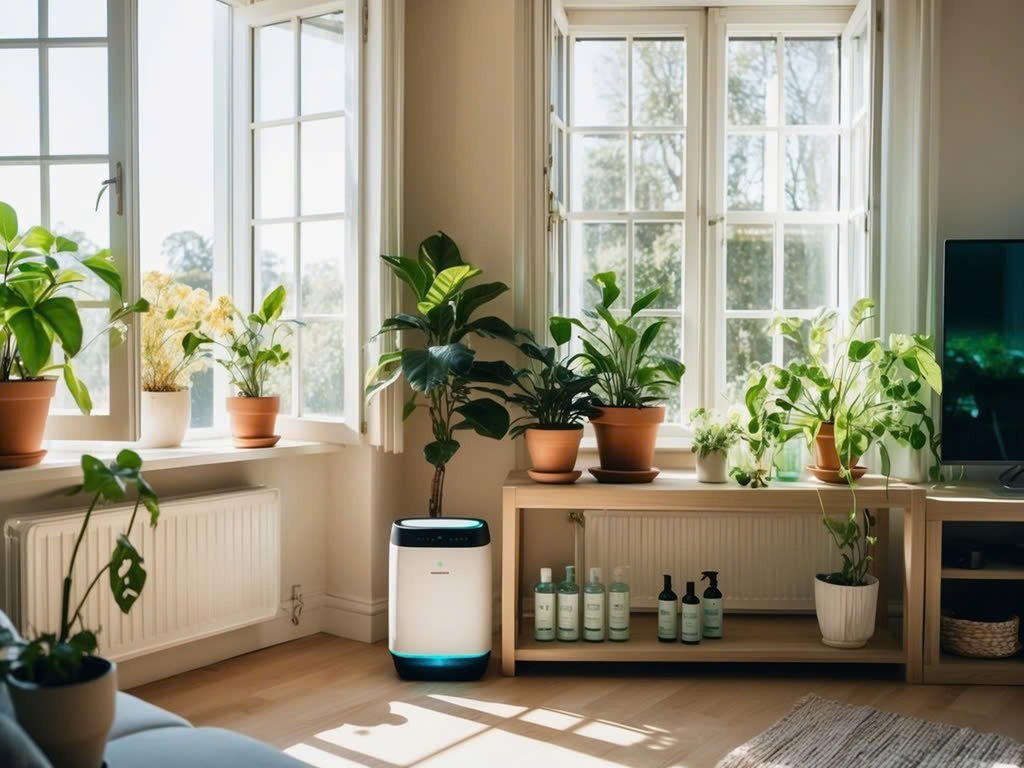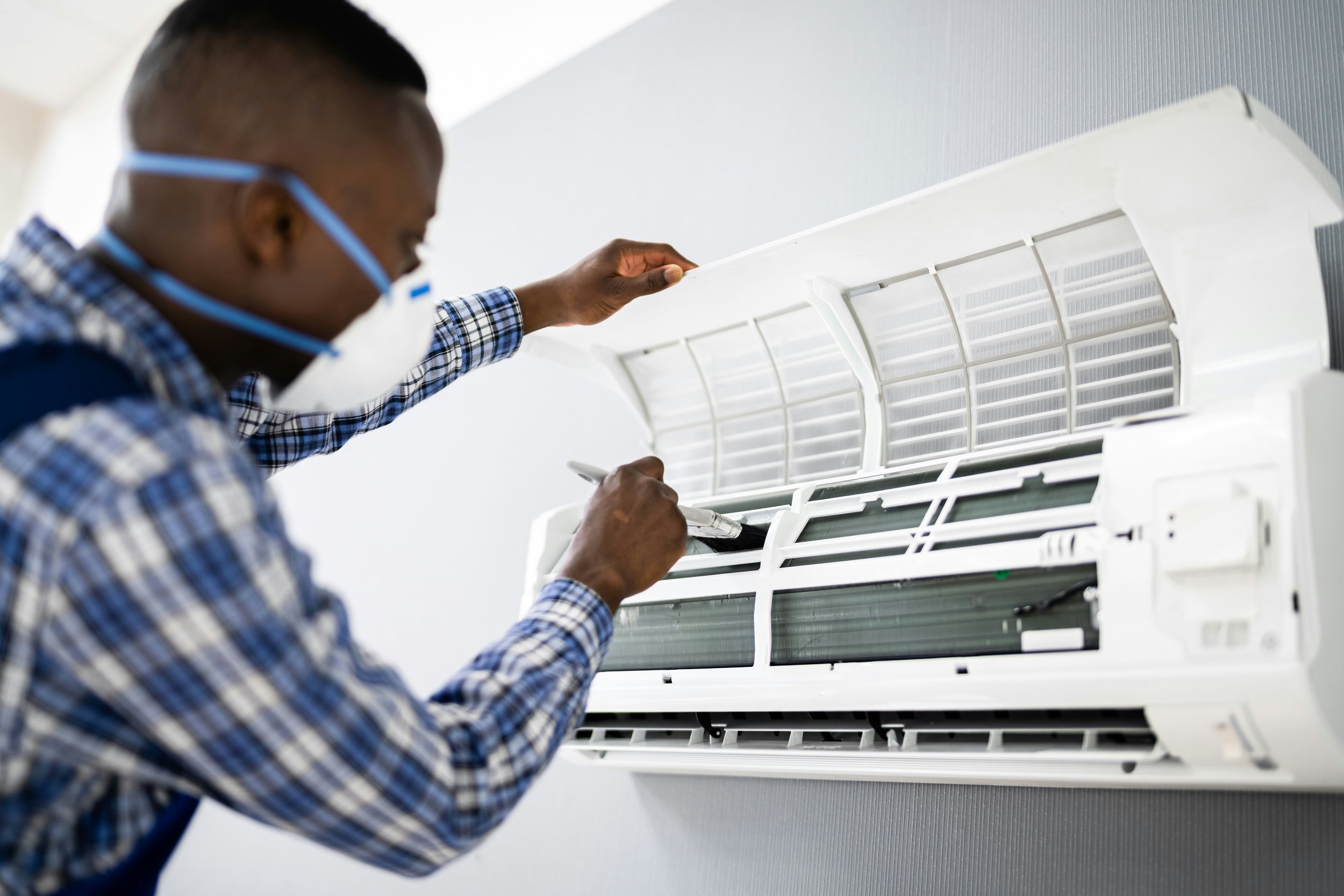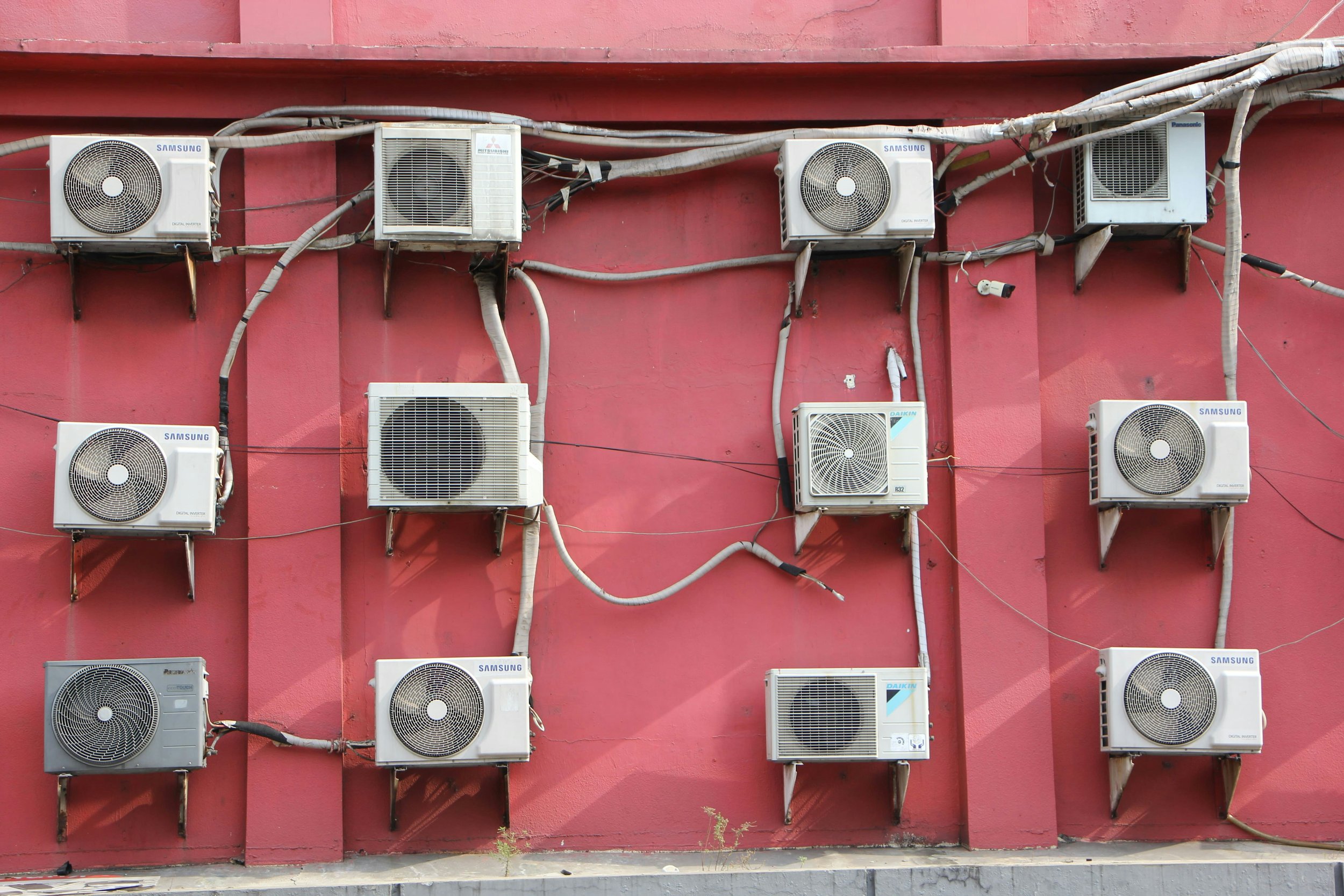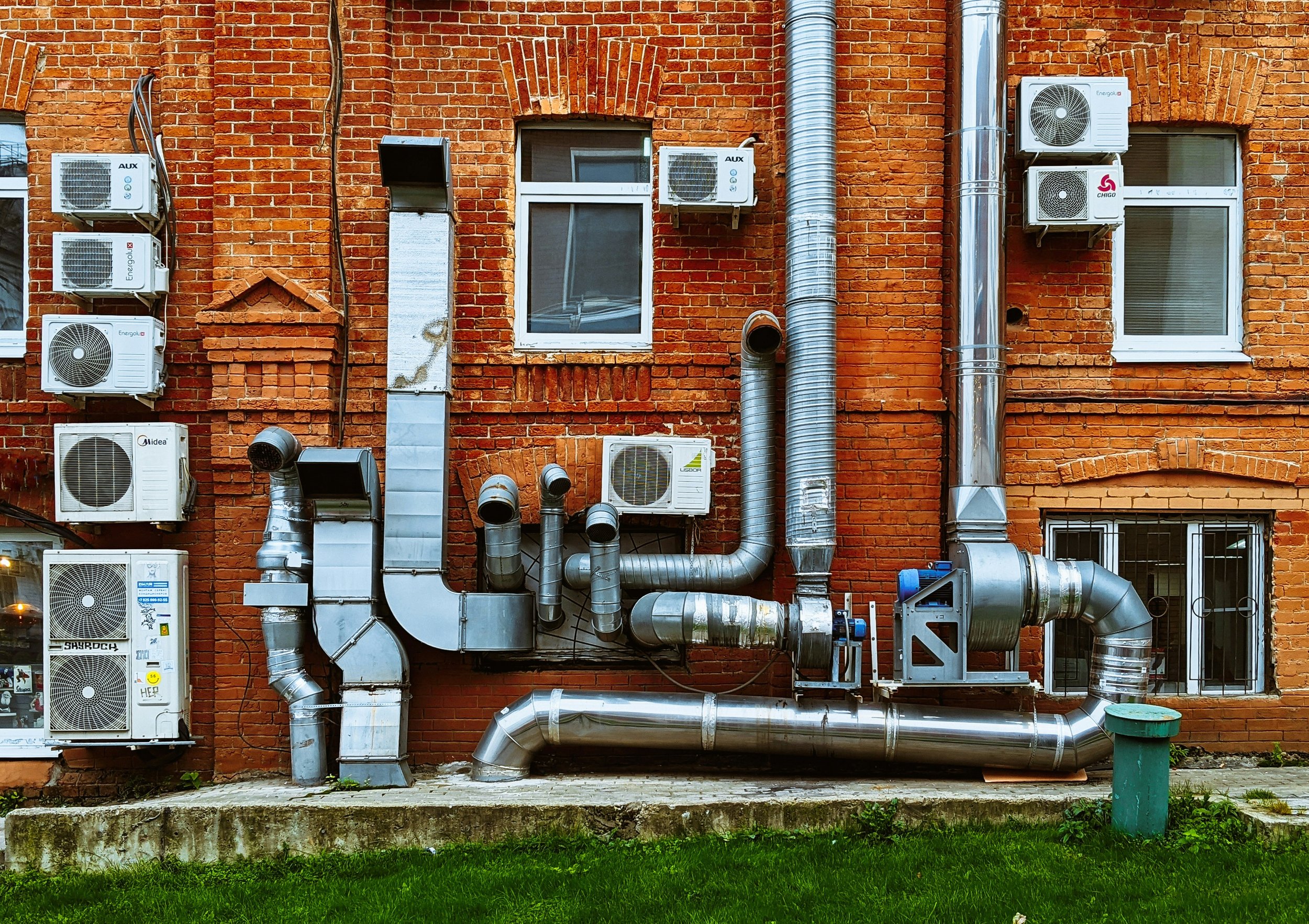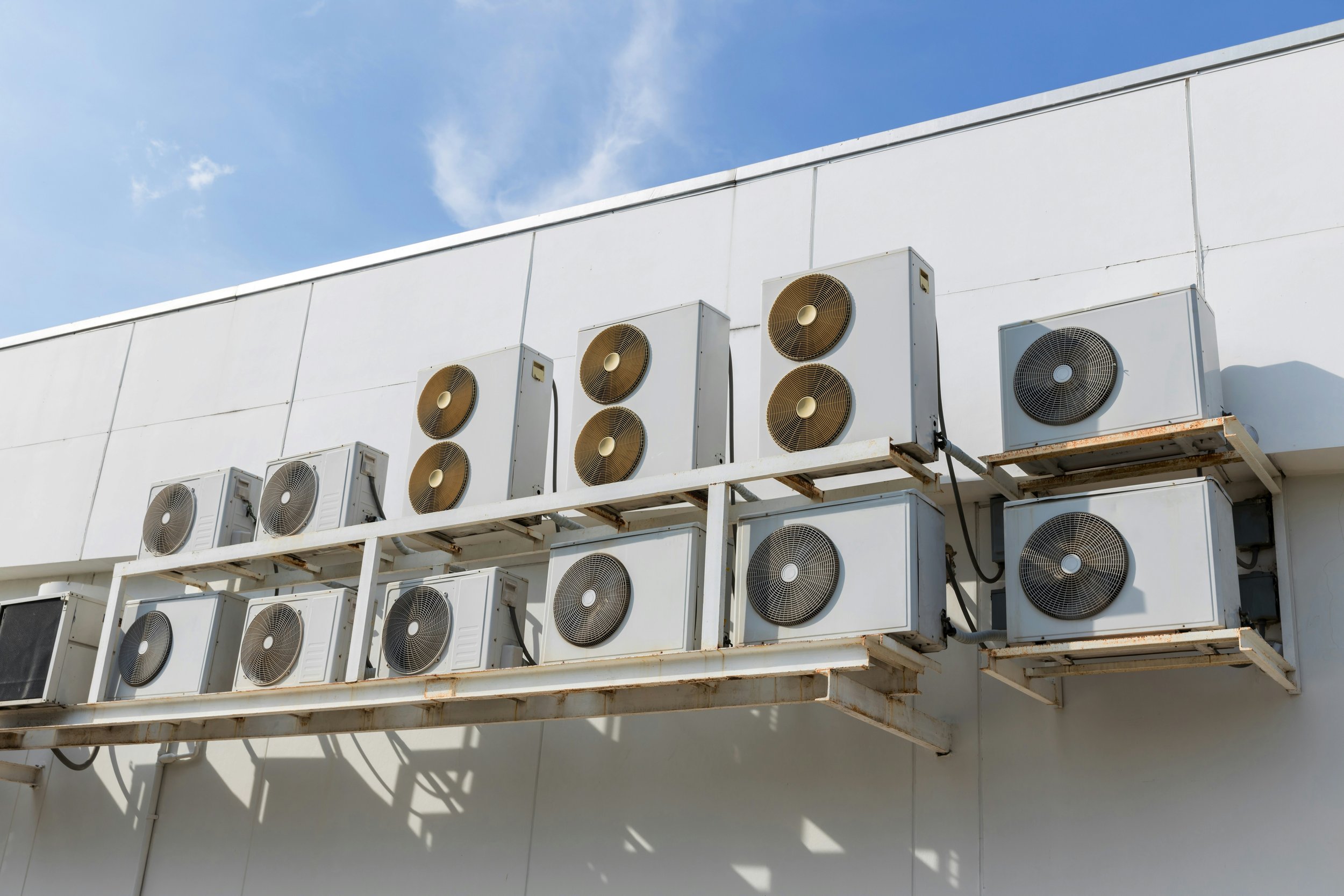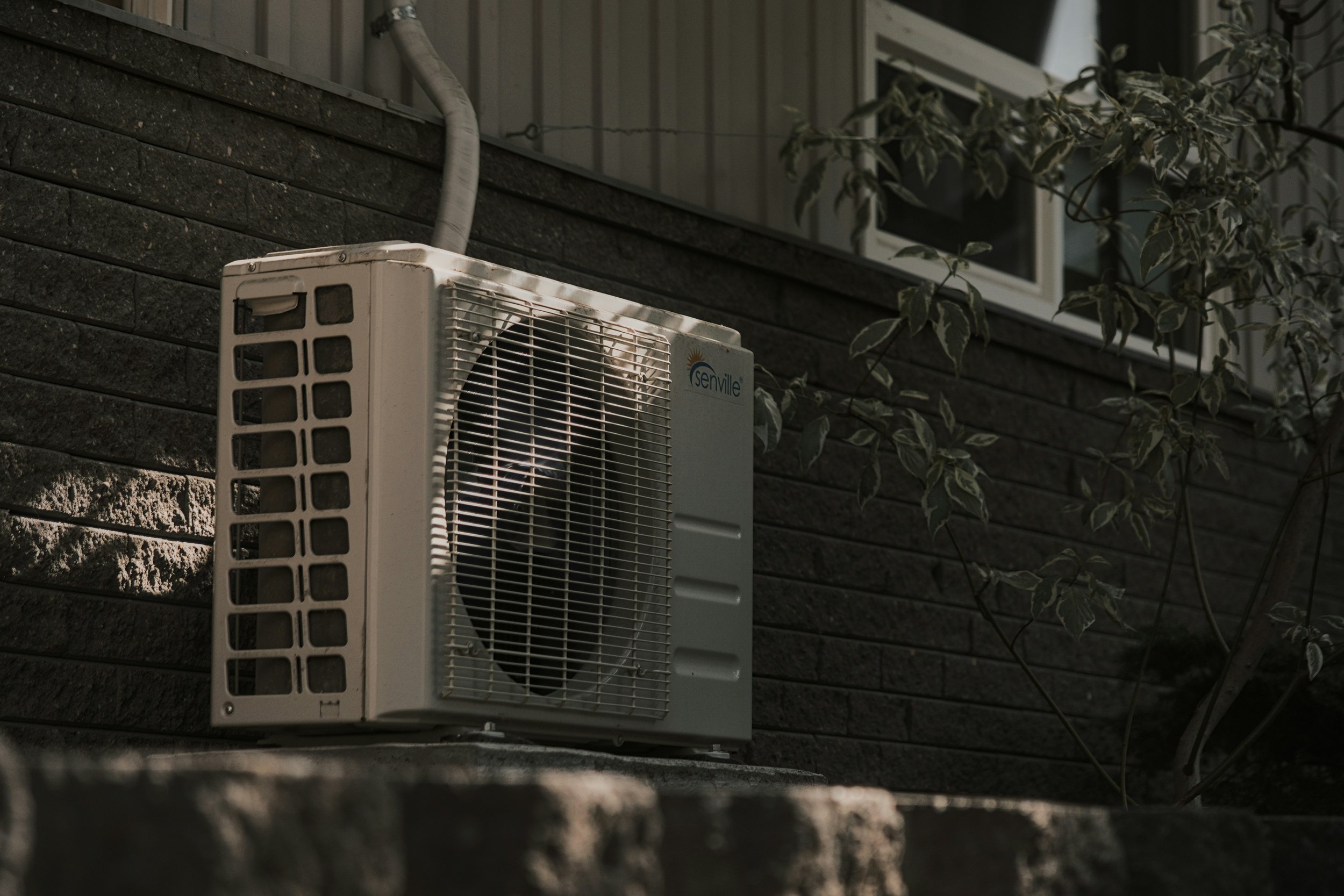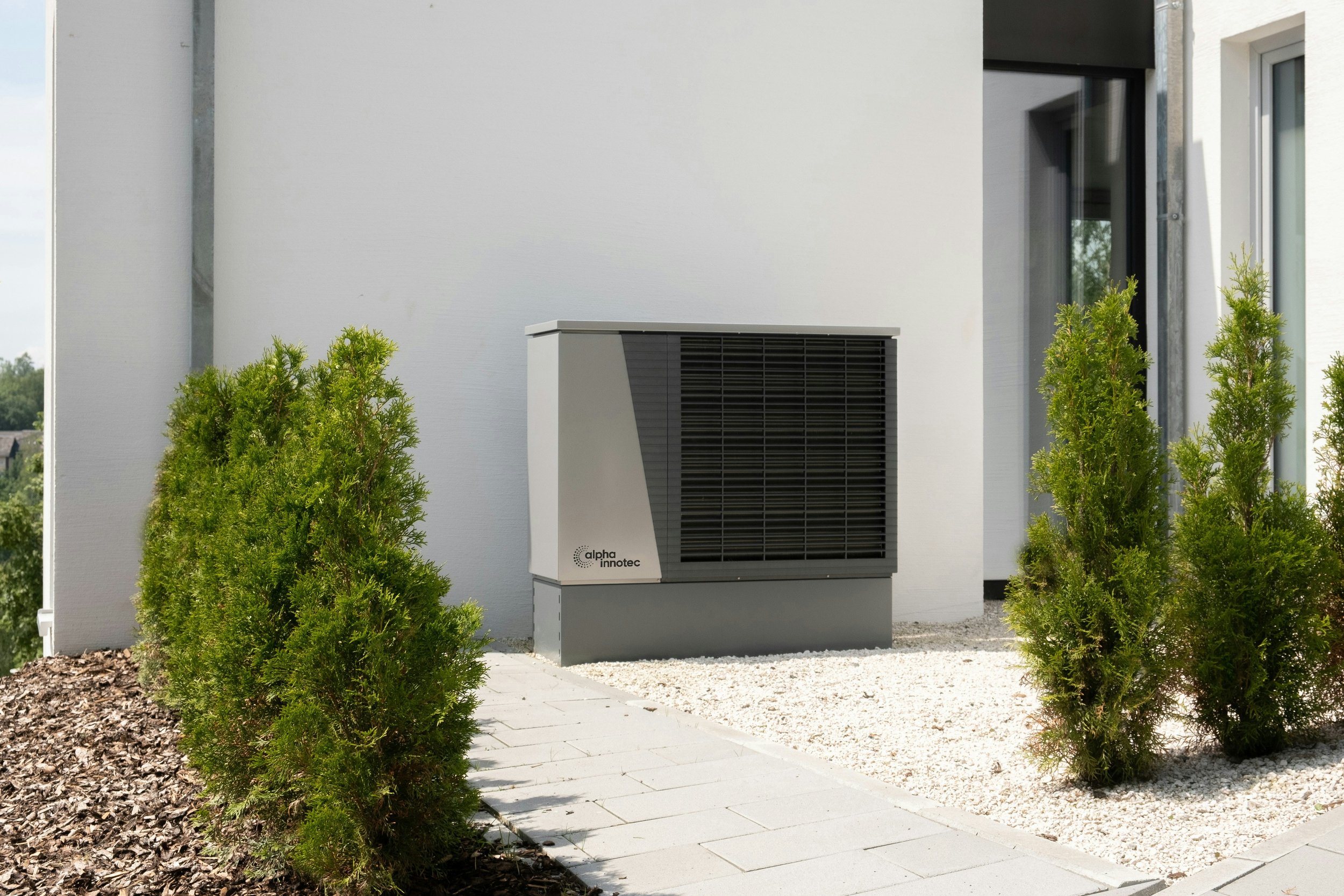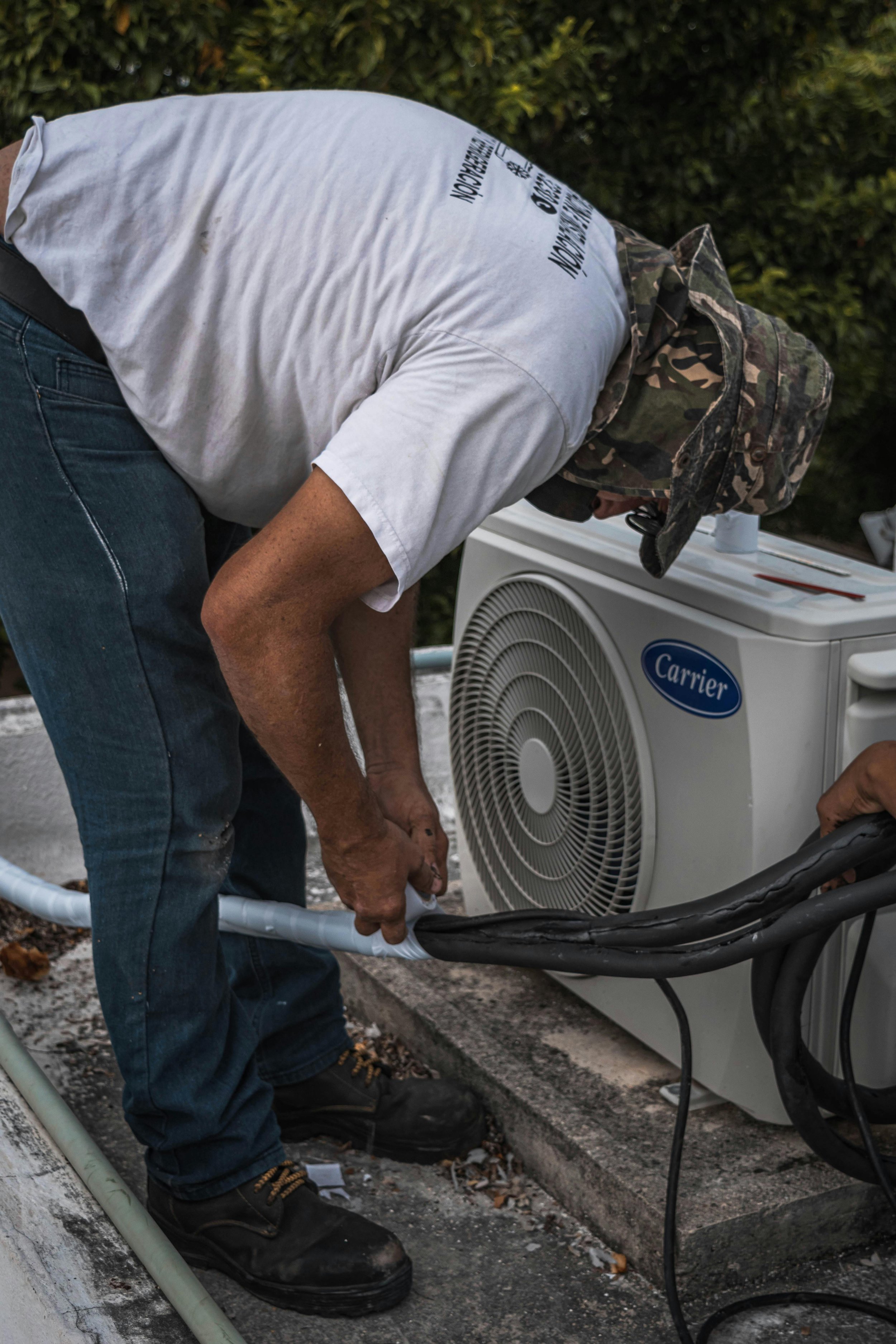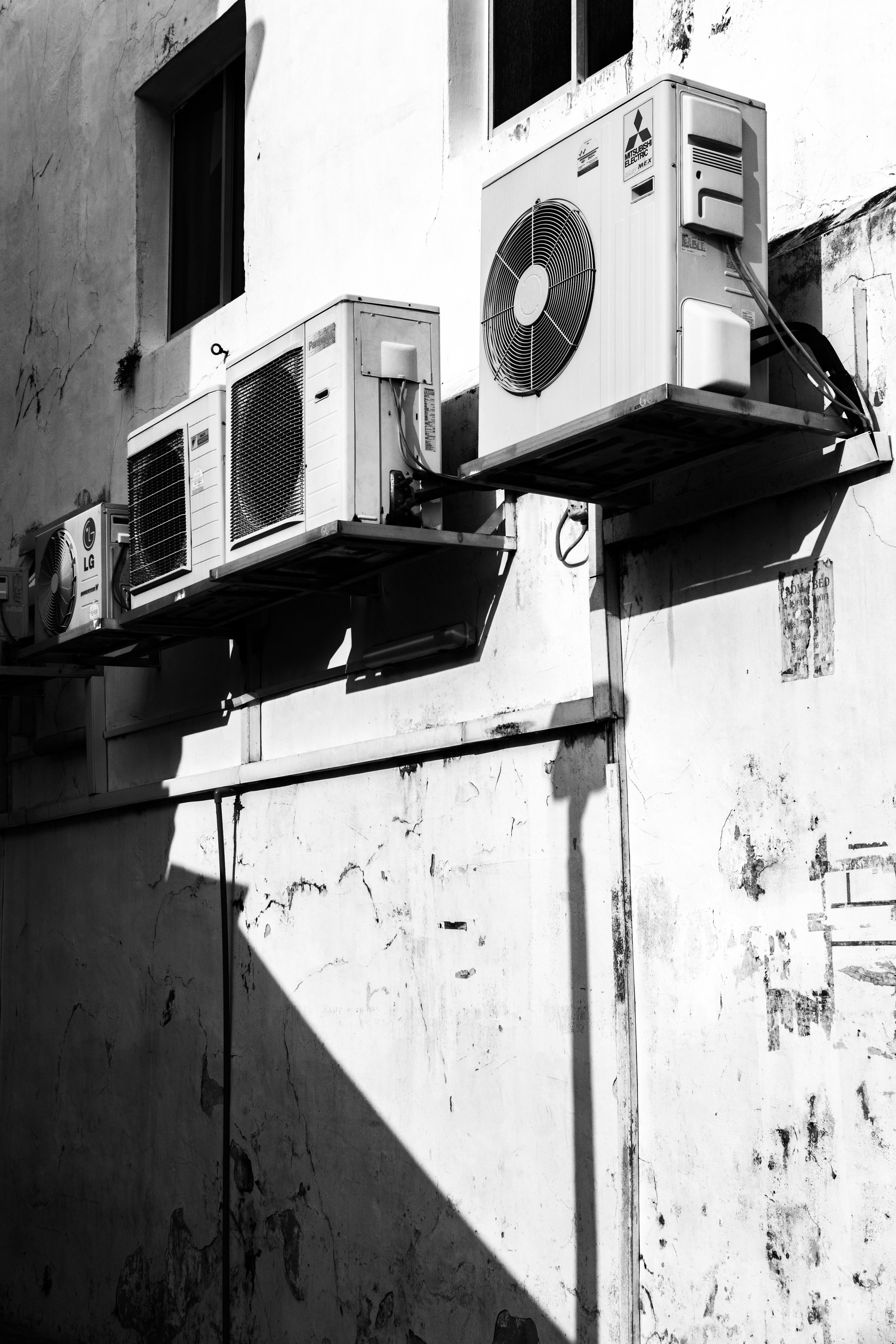The Silent Efficiency Killers Inside Your Home’s AC System
Uncover the hidden issues reducing your AC’s performance and energy efficiency. Learn how to spot and fix common problems for better cooling.
Key Takeaways:
Minor airflow issues and dust buildup slowly reduce system performance
Duct leaks and thermostat drift often go unnoticed but have lasting impact
Refrigerant loss and outdoor restrictions can degrade cooling quietly
Small inefficiencies stack up over time and lead to bigger comfort issues
You probably only think about your air conditioner when it’s not working. But what if it’s working — just not as well as it should be? Subtle changes in airflow, slightly higher energy bills, or rooms that don’t cool as evenly as they used to can all point to something deeper. These aren’t always faults you can hear or feel. They’re gradual, almost invisible changes that creep in over time. And the longer they go unnoticed, the more they cost you in efficiency and comfort. Most of the time, it’s not one major failure. It’s several small ones, hiding in plain sight.
How Dust and Debris Disrupt Your Cooling Without a Sound
Your air conditioning system is built to run clean — air flows over coils, through filters, across fans. But dust has a way of slipping in even when you think everything's sealed tight. A thin coating of grime on the evaporator coils can start reducing the system’s ability to absorb heat. It’s not a dramatic drop, but it’s constant. Over time, the unit ends up working harder to cool the same space, drawing more energy with no obvious signs of increased demand.
Clogged filters are another hidden issue. They don’t always look blocked at a glance. But even moderate buildup restricts airflow just enough to make the whole system less efficient. You might still feel cold air coming through, but the volume drops. That slower airflow keeps your space from reaching the set temperature quickly — so the system keeps running. It’s silent wear-and-tear happening inside your walls and ceiling. Unless someone opens the unit and checks, it often goes unnoticed for years.
Why Duct Leaks Don’t Always Feel Like a Problem
Most people associate duct leaks with obvious drafts or noise, but that’s rarely how they behave in real homes. Leaks often start small — tiny splits where sections join, gaps in aging insulation, or loose connections near vents. These leaks might initially lose only a little air. But across an entire house, even small losses add up quickly.
The bigger issue is what you don’t feel. Your living room might seem fine, but the system is quietly losing cooled air into the attic or crawlspace. It doesn’t trigger an alert. It just makes the unit cycle more often, running longer to cool the same amount of space. You might chalk it up to hotter days or an ageing system, when really it’s a sign the ductwork needs attention.
This is one of the key areas where AC service offers value beyond quick fixes. A technician can test for these slow, silent leaks before they become expensive to ignore. Otherwise, the system keeps burning energy — not because it’s broken, but because it’s bleeding air into places it was never meant to go.
The Hidden Cost of Infrequent Maintenance
When nothing seems broken, it’s easy to put off routine maintenance. But that gap between “running” and “running well” is where efficiency losses start stacking up. Belts begin to slip slightly, fan blades get coated in dust, and electrical components work just a little harder than they should. None of it causes immediate failure. The system still turns on, cools your home, and shuts off like it should. But it’s no longer doing it efficiently.
Over months and years, these small inefficiencies start to compound. Without regular inspections, early signs of wear are missed. Motors strain harder. Coils stay dirty. The thermostat may compensate for declining performance by calling for more cooling cycles. And because the changes are so gradual, they’re easy to ignore — until something finally breaks, or the electricity bill starts to bite.
Having a technician go through the system once or twice a year is less about avoiding breakdowns and more about preserving performance. It’s during these quiet stages — before parts fail — that intervention has the most impact.
Thermostat Drift and Sensor Misreads
Thermostats are usually left alone for years at a time. As long as the display lights up and the temperature changes when you press the button, most people assume it’s doing its job. But sensor drift is one of those slow, silent issues that can throw off your entire cooling system without ever throwing an error.
Even a couple of degrees’ difference between the actual room temperature and what the thermostat reads can affect comfort and performance. The AC might start too early, run longer than needed, or cut off before the space is truly cool. These misreads aren’t dramatic — they just make the system work in ways that slowly burn through more power and reduce comfort over time.
Some smart thermostats recalibrate automatically, but many older models don’t. And even with newer systems, placement matters. A unit positioned near a window or kitchen can read artificial warmth that doesn’t represent the rest of the home. When left uncorrected, that slight misjudgment adds hours of unnecessary run time each month.
How Refrigerant Levels Fade Without Obvious Leaks
Refrigerant loss doesn’t always show up as a sudden drop in performance. In many systems, it’s a slow process. Tiny leaks, often too small to detect visually, allow refrigerant to escape over months or even years. Or it could come down to an inaccurate charge during a previous repair or installation — just enough to keep the system running, but not at its most efficient.
At first, it only affects performance during extreme heat. The unit struggles a little more on the hottest days but seems fine otherwise. Over time, though, cooling becomes inconsistent. The system needs to run longer, especially during the afternoon peak, and the air coming through the vents starts to feel a bit warmer. Because it doesn’t happen all at once, most people don’t realise anything is wrong until performance has already dipped well below normal.
Detecting these low-level losses requires proper pressure testing and experience. Left unchecked, it not only drags down energy efficiency but also puts extra strain on the compressor — one of the most expensive parts to replace.
External Factors That Slowly Reduce Efficiency
Even with a perfectly functioning AC system, outside conditions can gradually chip away at its performance. The outdoor unit relies on steady airflow and heat dissipation to run properly. But over time, leaves, grass, or nearby plants can block the vents. Dirt and grime coat the coils. Nearby fencing or walls can trap hot air around the unit. None of this is loud or obvious, but all of it adds resistance that the system has to fight through.
Another common issue is direct sunlight. If the unit sits in full sun during the hottest part of the day, it’s already at a disadvantage. The heat load increases, making it harder to dump warm air outside. It might not affect a brand-new system much, but over time, that extra work shortens its lifespan and erodes efficiency.
Regular visual checks around the unit — clearing space, trimming plants, hosing down coils — can make a surprisingly big difference. These are often the easiest problems to fix, but also the most overlooked.
When Efficiency Loss Becomes a Comfort Issue
You usually won’t notice a minor efficiency dip. The air still feels cool, the system still hums along. But once a few of these minor issues layer together — slightly dirty coils, small leaks, misread temperatures, minor airflow losses — the whole system begins to underperform. You might find the AC takes longer to cool the room. It might run longer at night. One room stays warmer than the rest, or the thermostat never quite hits the target temperature.
By this stage, energy bills are up and comfort is down. But it rarely comes down to just one cause. Efficiency loss is often the result of several quiet problems, all compounding in the background. Catching them early is key. That means looking past the obvious and paying attention to how the system behaves over time, not just whether it’s running.
Conclusion
Silent performance losses can go on for years without triggering alarms or obvious symptoms. Air conditioning systems aren’t just about turning on and off — they rely on airflow, pressure, temperature sensing, and physical cleanliness to operate efficiently. When one part slips out of balance, the rest have to work harder to compensate. You might still feel cool air, but that comfort comes at a higher cost than it should. Staying ahead of those invisible shifts is what keeps cooling consistent and costs under control, long before problems become emergencies.
